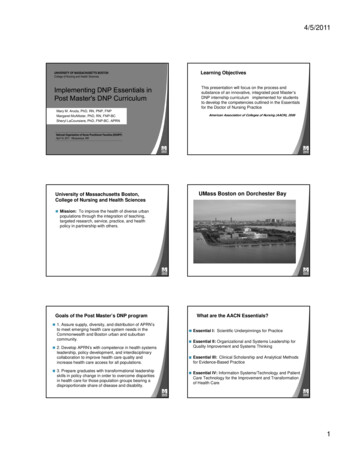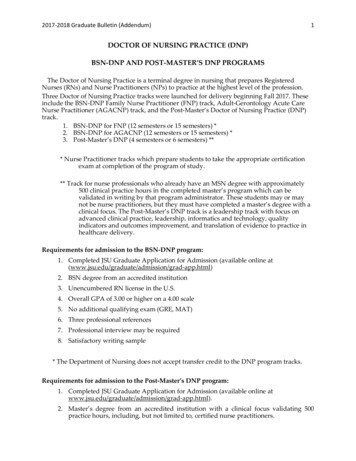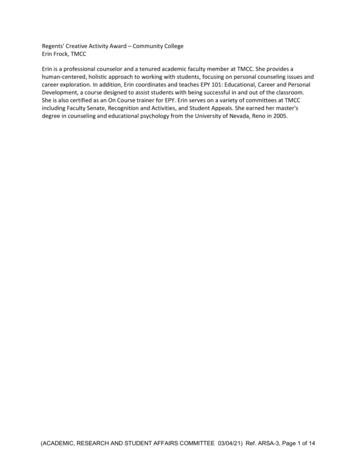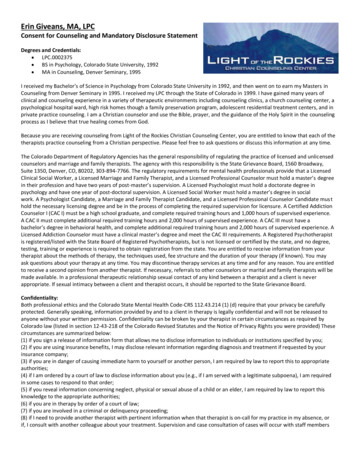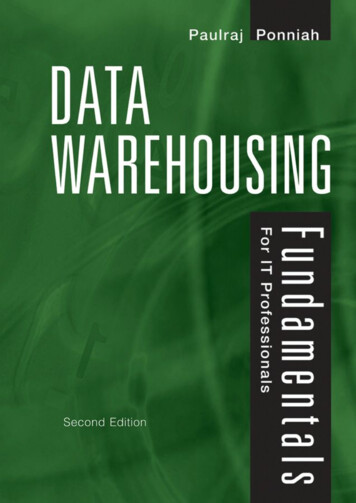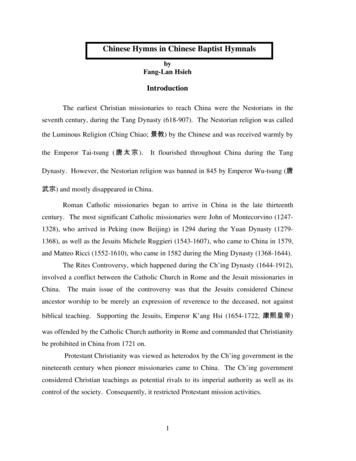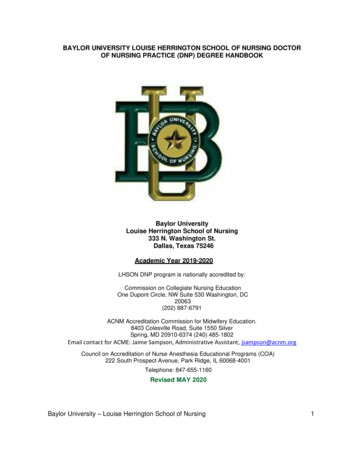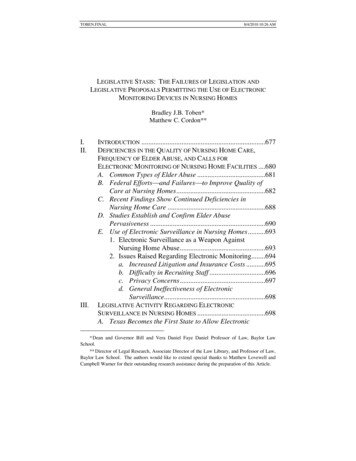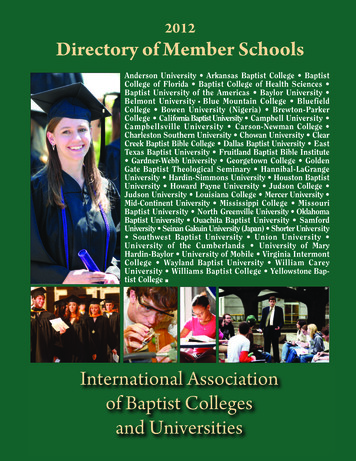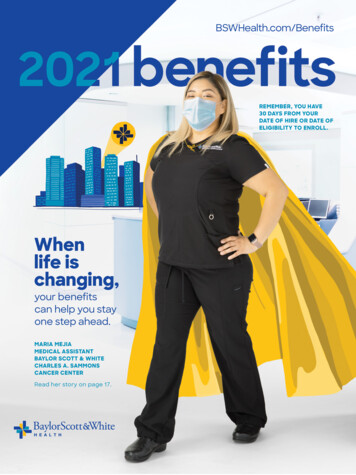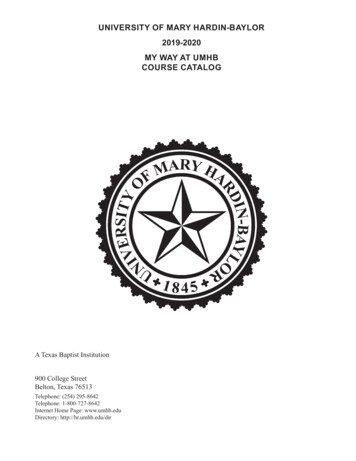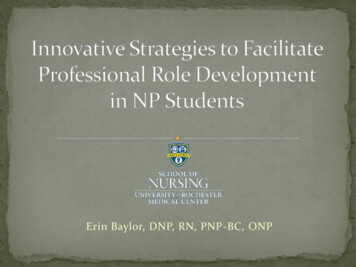
Transcription
Erin Baylor, DNP, RN, PNP-BC, ONP
What challenges do graduating NP students facewhen transitioning to advanced practice roles?
rshipAccountabilitySource:Gillettechildrens.org
Current evidence suggests passive, teacher-centric,lecture-based instruction less effective Consequences of not learning the how’s and why’s ofprofessional role development while still in school Consider the effects of learning professional roledevelopment “on the fly” or in clinical alone“The mediocre teacher tells. The good teacher explains. The superior teacherdemonstrates. The great teacher inspires.” --William Arthur Ward
Students report wanting faculty to: Use a variety of teaching strategies Promote personal and professional growth Be creative in their approach Foster an interactive environment Highly positive feedback after transition to more activelearning methods!
Strategies to facilitate successful transition toprofessional practice: Promotion of interpersonal, leadership, and communication skills as a NP studentDevelopment of self-awareness related to professionalismGood role models!Foster independence, allow more autonomous decisionmaking (clinical vs school vs work)Involvement in professional organizations, collegialityFormal and informal mentoring
Active learning better retention Opportunities to engage students Student-centric approach Peer-led feedback Simulated scenarios High and low fidelity simulation Role-playing Evolving clinical cases Community immersion“The art of teaching is the art of assisting discovery” --Mark Van Doran
During program, outside of a specific course Topics include: Transition to practice Exploration of advanced practice role opportunities Competencies of Advance Practice Nursing How to prepare and deliver professional presentations Collaborative agreements; NMA Licensure, certification, DEA registration Billing/coding/reimbursement Interprofessional collaboration; conflict resolution Public policy, EBP, and ethical consideration in NP role Clinical leadership, becoming future preceptors, DNP/PhD
Second-year PNP students areon-call for pediatric primarycare “patients”. First-year PNPstudents are “parents” callingabout their sick child. Group debriefing is thenfacilitated between both groupsafter all calls completed.
Opportunities to identify health care needs andresources in the community Teen/Tot programs Centers for children with developmental disabilities WIC, ABW After school programs for high-risk youth Exposure to community resources and partners in thearea to meet the needs of special populations
Three-semester project: Semester 1: Identify a need in the community, completea literature review, summarize evidence Semester 2: Develop a “potential” program with plan forimplementation and how program will be evaluated Semester 3: Prepare and deliver a professionalpresentation about the process of program developmentand evaluation
Simulation # 1: Teen with Mono and enlarged spleen, family refusing NPrecommendation of “no contact sports” Opportunities for patient advocacy, team collaboration,conflict resolution, discussion about legal/ethical issues Simulation # 2 High-risk pregnant teen with acute abdominal pain Opportunities for diagnostic reasoning, physiciancollaboration and communication, HIPAA issues,leadership role, professional resources“I hear and I forget. I see and I remember. I do and I understand.”-Confucius
Precious window after sim - “teachable moment” Begin with eliciting emotions about scenario, then allowstudents to explore issues around professional role transition.Reinforce role of NP, consider future application of these “skillsof professional practice” Challenge students in a safe environment Facilitate rigorous self-reflection Don’t steal thunderby teaching!“How to tell students what to look for without telling them what to see is the dilemma of teaching.”-Lascelles Abercrombie
Groups of 3 students, each given 3 different scenarios inwhich roles change: NP/Patient/Facilitator Group debriefing to explore different strategies orapproaches towards complex scenarios What resources would you use to help problem-solve? Ethical considerations? How might current evidence guide this decision-making? Are there policy implications to consider? Techniques for crucial conversations? How is this different than how I would approach as a RN?
Help students become aware of need to learn theseskills – push them out of their comfort zone Take off “teacher hat” and try on “facilitator hat” Engage students to become more active in theirlearning Bridge the gap between classroom and practice Encourage peer-led discussions as much as possible Compare differences in skills used as RN with skillsneeded for NP role. Don’t change, but rather build onexperience Reinforce professionalism and leadership KSA’sthroughout entire curriculum
Erin Baylor, DNP, RN, PNP-BC, ONP . What challenges do graduating NP students face . Clinical leadership, becoming future preceptors, DNP/PhD . Develop a “potential” program with plan for implementation and how program will be evaluated
